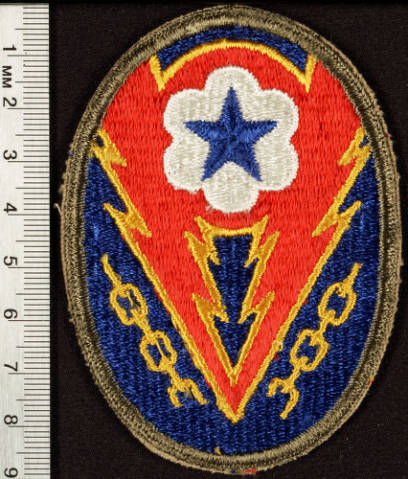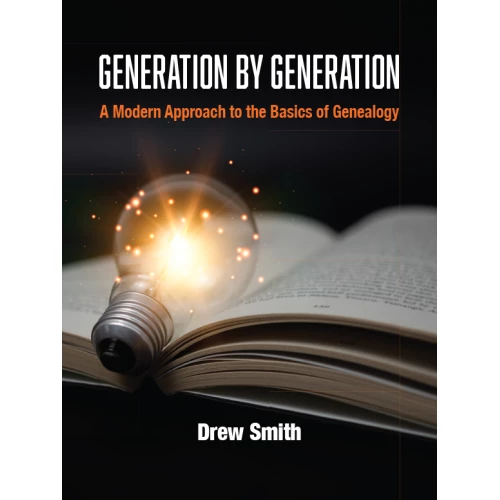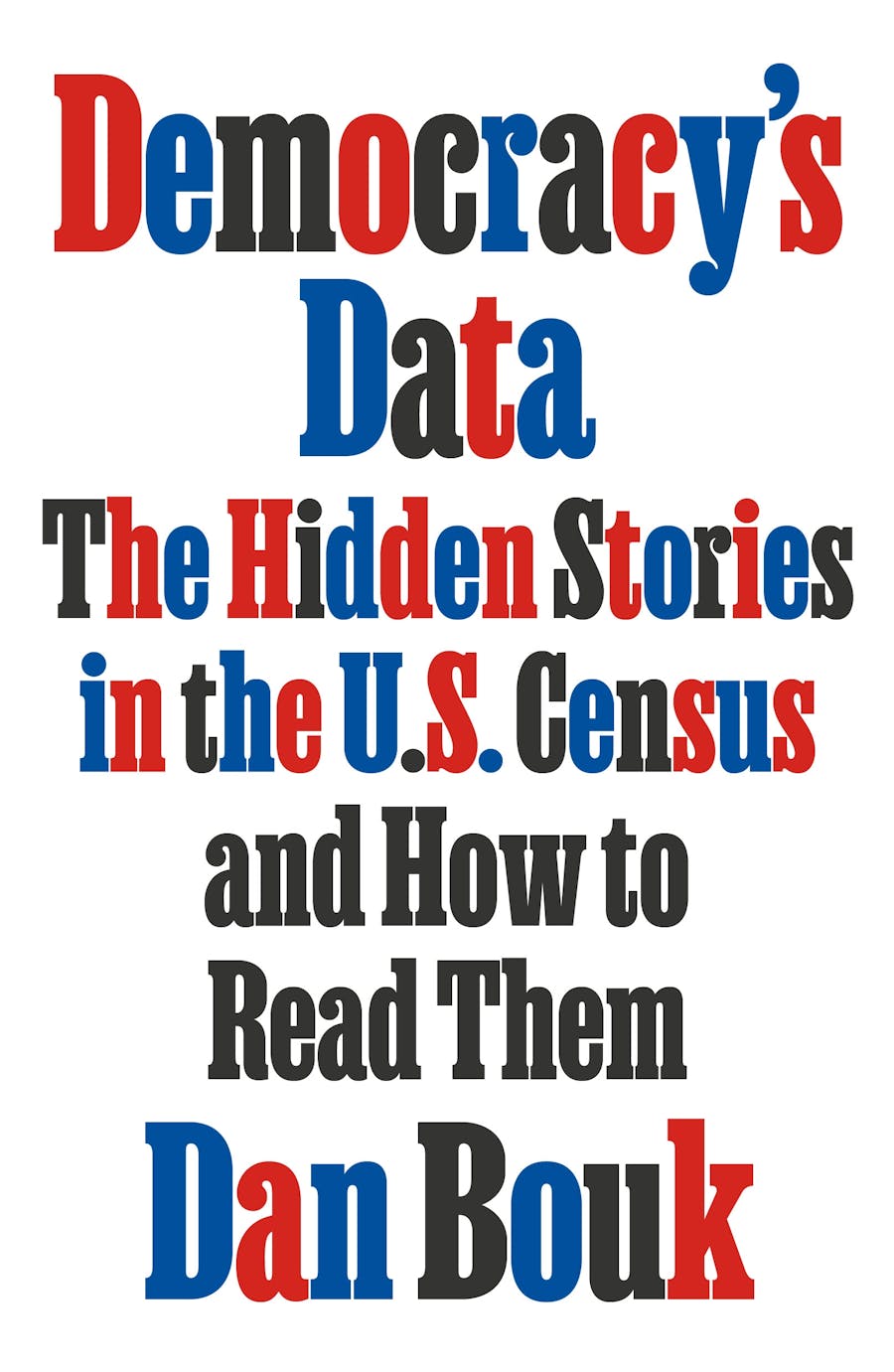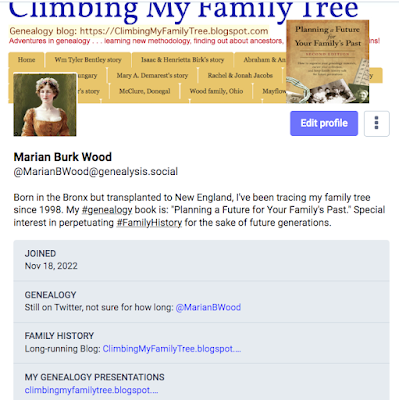Last week, one of my younger relatives asked about the World War II service of our ancestors. Little did he know that he would get answers, lots of answers!
For this young man and other descendants, I'm preparing a little photo book with snapshots, documents, and stories of our ancestors who served. The focus is on my immediate family: Dorothy Schwartz (maternal aunt, a WAC), Fred Shaw (maternal uncle, US Army), Harold Burk (Dad, US Army), Sidney Burk (paternal uncle, US Army Air Corps). Plus a paragraph about my Mom doing her part at home (see below). After all, it is Women's History Month, so Mom and her twin should both be included!
Facts into stories
Dad's honorable discharge documentation recorded the facts of what he did overseas, but no details or explanation (see at top). I had other documentation, from Fold3 and other sources, as well as from family files. I wanted to translate the facts into readable snippets about his role in WWII.
Doing an online search for his 3163d Signal Corps unit, I stumbled on an oral history from someone who served at the same time in the same unit! After reading a summary of the background provided by Alan B. Conlin Jr. in 2013, I was able to write a few lively sentences about the unit's vital wartime role, exactly where they were stationed, and when.
This fleshed out the facts of Dad's wartime service into a brief story of how the Signal Corps installed and managed communications such as radio and teletype, extremely vital for transmitting troop orders and bombing instructions in the European Theater.
Artifacts into stories
Meanwhile, my wonderful husband was intrigued by the wartime shoulder patch my father had saved all his life. After a bit of online searching, hubby discovered a detailed explanation of the symbolism on the Pritzker Military Museum website. Someone had donated the unit patch and the museum summarized what each element means, as you can see here.
In the book I'm preparing, the photo of the patch will be accompanied by a rephrased version of what the patch represents. For sure I wouldn't have recognized that the twin thunderbolts represent V for Victory. Now descendants will know that part of the artifact's story, along with a clear photo of Dad's own patch (being passed down to heirs).
On the home front
Not to leave out my Mom, Daisy Schwartz, I included this image of her Air Warden service in 1943. She didn't serve in the armed forces, but she did work as deputy communications director for the New York City units.
My book will include a brief description of the function of an air warden, so the document is "translated" into a story of my Mom doing something meaningful to support the war effort on the home front.
With younger folks in mind, these bits of research helped me turn bare facts into actual stories to capture my audience's attention and bring family history alive.
"Translation" is this week's #52Ancestors theme from Amy Johnson Crow.

















































